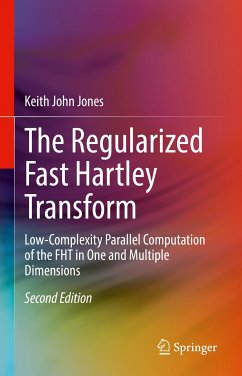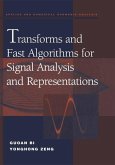This book describes how a key signal/image processing algorithm - that of the fast Hartley transform (FHT) or, via a simple conversion routine between their outputs, of the real-data version of the ubiquitous fast Fourier transform (FFT) - might best be formulated to facilitate computationally-efficient solutions. The author discusses this for both 1-D (such as required, for example, for the spectrum analysis of audio signals) and m-D (such as required, for example, for the compression of noisy 2-D images or the watermarking of 3-D video signals) cases, but requiring few computing resources (i.e. low arithmetic/memory/power requirements, etc.). This is particularly relevant for those application areas, such as mobile communications, where the available silicon resources (as well as the battery-life) are expected to be limited. The aim of this monograph, where silicon-based computing technology and a resource-constrained environment is assumed and the data is real-valued innature, has thus been to seek solutions that best match the actual problem needing to be solved.
Dieser Download kann aus rechtlichen Gründen nur mit Rechnungsadresse in A, B, BG, CY, CZ, D, DK, EW, E, FIN, F, GR, HR, H, IRL, I, LT, L, LR, M, NL, PL, P, R, S, SLO, SK ausgeliefert werden.









